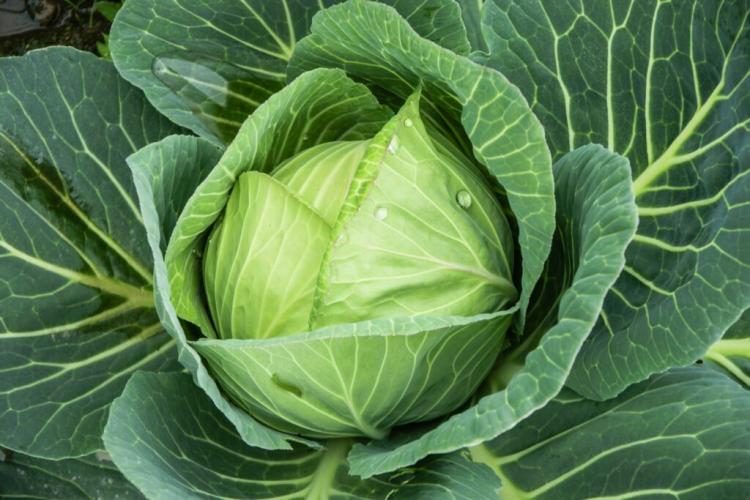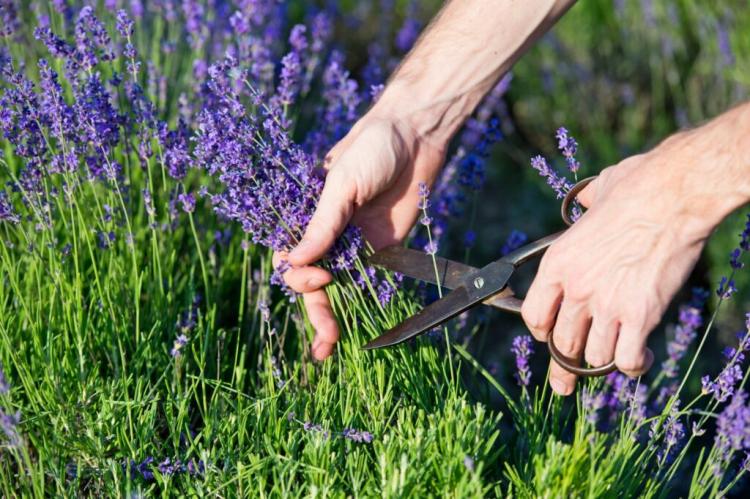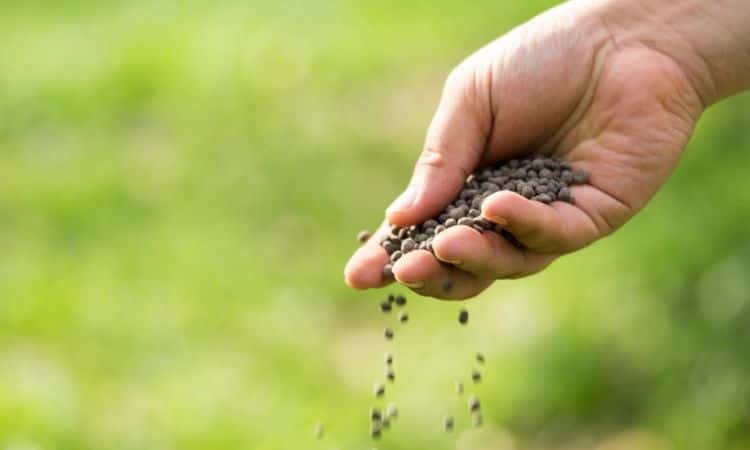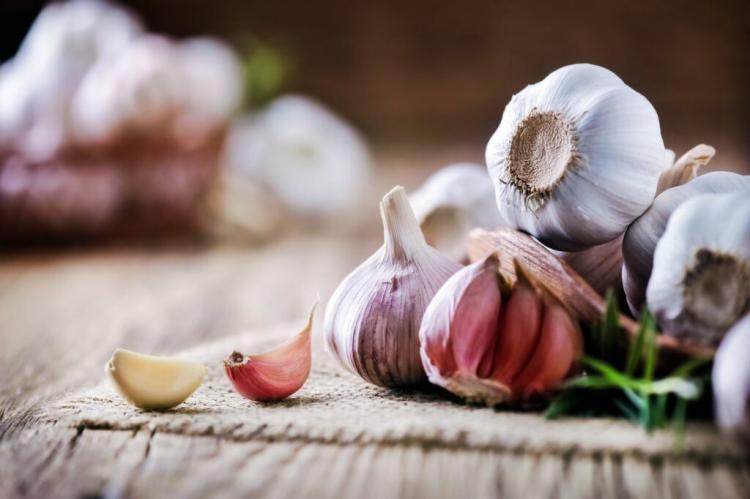Growing White Cabbage: Sowing, Care And Harvest Time
Grow white cabbage in your garden. We present suitable varieties and give tips and tricks from sowing, through care and fertilization, to harvest.
White cabbage ( Brassica oleracea convar. Capitata var. Alba ), also called white cabbage, is deeply rooted in human history. Researchers still disagree on how long the herb has been grown. What is certain is that the plant was processed into kimchi, a spicy form of sauerkraut, in Korea as early as the 7th century. Illustrations by Leonhart Fuchs from the 16th century are the first the USA evidence of vegetables. If you like to eat white cabbage and own a garden, you should try growing the tasty and healthy herb yourself.
You Might also like Pansy vs Petunias
Growing white cabbage all year round: this is how it works step by step
We will guide you through the gardening year with brief instructions – from seeds to crispy white cabbage:
- Decide whether you want to sow the seeds yourself or buy young plants. Young plants are available in well-stocked nurseries in spring. Rearing is not particularly difficult. There are early, medium, and late-ripening varieties. Decide on your optimal cultivation period.
- A small list of well-known white cabbage varieties: Bacalan Gross (with large and oval cabbage heads and excellent aroma), Brunswijker (medium-sized, spherical, and firm heads) are among the earlier varieties. The famous Dithmarscher Earlier variety also has a very early harvest time (heads are medium-sized and come from the German cabbage region Dithmarschen). The white cabbage varieties with a medium harvest time include Equatoria F1 (semi-flat heads with a pleasantly mild aroma) and Coronet F1 (good shelf life and round, small cabbage heads).
One of the late varieties of white cabbage is the Krautkaiser (good storage properties and large cabbage heads weighing up to 5 kilos). An excellent late-ripening type of white cabbage is Lion F1 (beautiful, round and green heads, with high disease resistance). - If you want to harvest “early cabbage” in June, then you have to sow in February. A bright window sill, a greenhouse, or an improvised glass dome (like an inverted, large mason jar) is suitable for this.
- Sunny beds are ideal. A partially shaded place is completely sufficient. A loose to slightly loamy and nutrient-rich soil is preferred by heavy eaters. If your garden soil is rather sandy, the soil can be improved with compost and horn shavings before planting out.
- For planting out, a distance of between 40-80 cm should be maintained, depending on the variety. If there is still night frost, a fleece cover can help overnight. The early ripening cabbage plants can be planted out at the beginning of April. Medium and late varieties can be planted out in May. Cabbage can also be sown at the end of July and August in climatically favorable areas. It is best to overwinter under a protective film until spring.
- During the growth phase, you should occasionally loosen the soil around the plant with a hoe. White cabbage is one of the so-called hacking plants, for which regular loosening of the soil is very good.
- Regular watering should be used on dry days. Every 3–4 weeks, growth can be supported with nitrogen- and potassium-rich fertilizer such as our Plantura organic tomato fertilizer. Nevertheless, it is better not to fertilize too much, because this quickly leads to reduced resistance to diseases and a sulfurous taste. So our tip: stop using fertilizer a few weeks before harvest.
- Early varieties can be harvested as early as July if they are sown in good time, and later varieties into winter. Only the temperature should not fall below -4 ° C. An important rule is: the later the cabbage is harvested, the longer it can be stored.
You might so like: Sugarloaf Cabbage Planting, Maintaining And Using
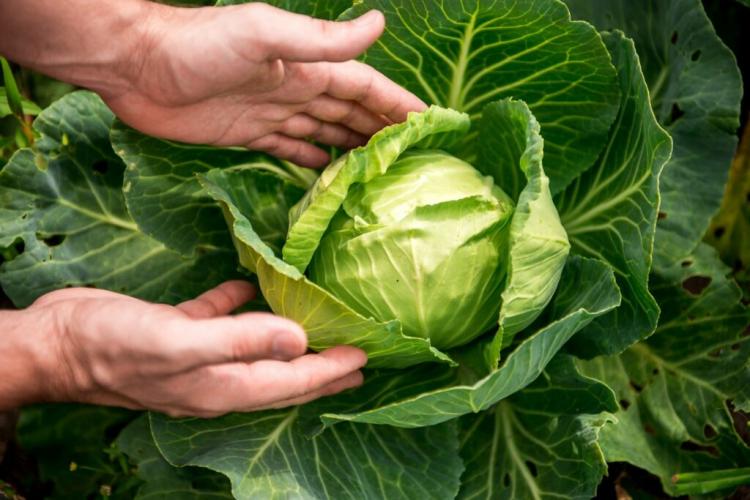
With enough warmth and water, the head of cabbage will gradually develop
You might so like: Pointed Сabbage: The Early Ripening And Easily Digestible Type Of Cabbage
Important tip: After the harvest, no cabbage should be grown in the same location for at least four years. This is necessary to prevent illness.
